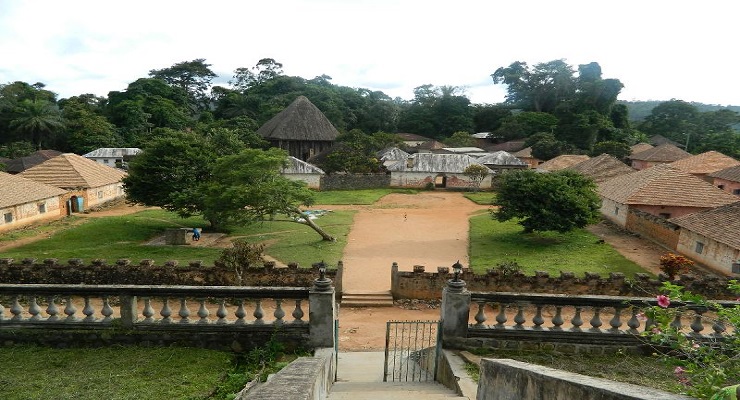
Cameroon has been in the spotlight in the past three years for the conflict in its English-speaking regions of the North West (NWR) and South West (SWR), which is overtly a separatist conflict. The conflict is known to have been triggered by State repression of peaceful protests.
Cameroon’s state forces’ track record of repression quickly came to light as a result of this conflict yet the Cameroon military has done barely nothing to improve its image.
It recently attacked a world heritage site as part of its repression in the English-speaking regions. Ilaria Allegrozzi has the story in Human Rights Watch (HRW).
When Cameroon ratified the World Heritage Convention in 1982, it pledged to protect and preserve its rich historical and cultural heritage. Cameroon is also party to the 1954 Hague Convention for the Protection of Cultural Property. Now, it faces a crucial test in keeping these promises following an attack by government troops on a sacred site of great cultural importance.
On September 24, soldiers from the Rapid Intervention Battalion (BIR) attacked and looted the Royal Palace in Bafut, North-West region. Included on a Tentative List of World Heritage Sites since 2006 by UNESCO, the United Nations body for education, science and culture, the Bafut Royal Palace hosts the family of the “Fon,” the traditional regional authority. It comprises over 50 buildings arranged around a shrine and is surrounded by a sacred forest. But the palace also sits at the epicenter of a simmering crisis in the country’s Anglophone regions.
At least 10 BIR soldiers attacked the palace where, according to witnesses, the soldiers may have suspected Anglophone separatists were hiding. They shot and wounded the Fon’s brother before looting the palace museum and taking several precious artifacts, including a bronze mask from the 18th century and golden necklaces. The military operation lasted for three hours and occurred during a traditional ceremony with more than 200 people.
Read more here.
Leave a Reply